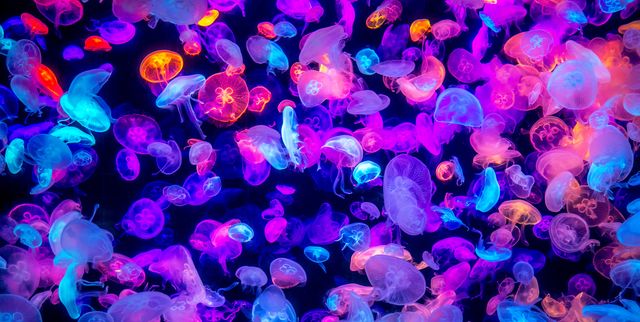7 Amazing Facts About Jellyfish, the Aliens of the Ocean
Did you know that jellyfish have been to space and that there is one species that's discovered the secret to immortality?

Jellyfish have no brains, hearts, or bones and yet, they have the ability to stun and kill prey with a sting from their tentacles. The alien-looking creatures have odd anatomy such as the ability to eat, get rid of waste, and shoot a jet of water from the same orifice.
Jellyfish are also ancient—in fact, jellies are the oldest multicellular organisms on planet Earth, predating dinosaurs. The Smithsonian reports that the gelatinous animals are at least 500 million years old and "are still flourishing," even as their environment drastically changes.
If these facts don't already blow your mind, don't worry—we've got seven more.

How to Maintain Your Generator

Pop Mech Pro

How One Man Learned Not to Ignore His Skin

Meet Your New Favorite Indoor-Outdoor Pizza Oven







